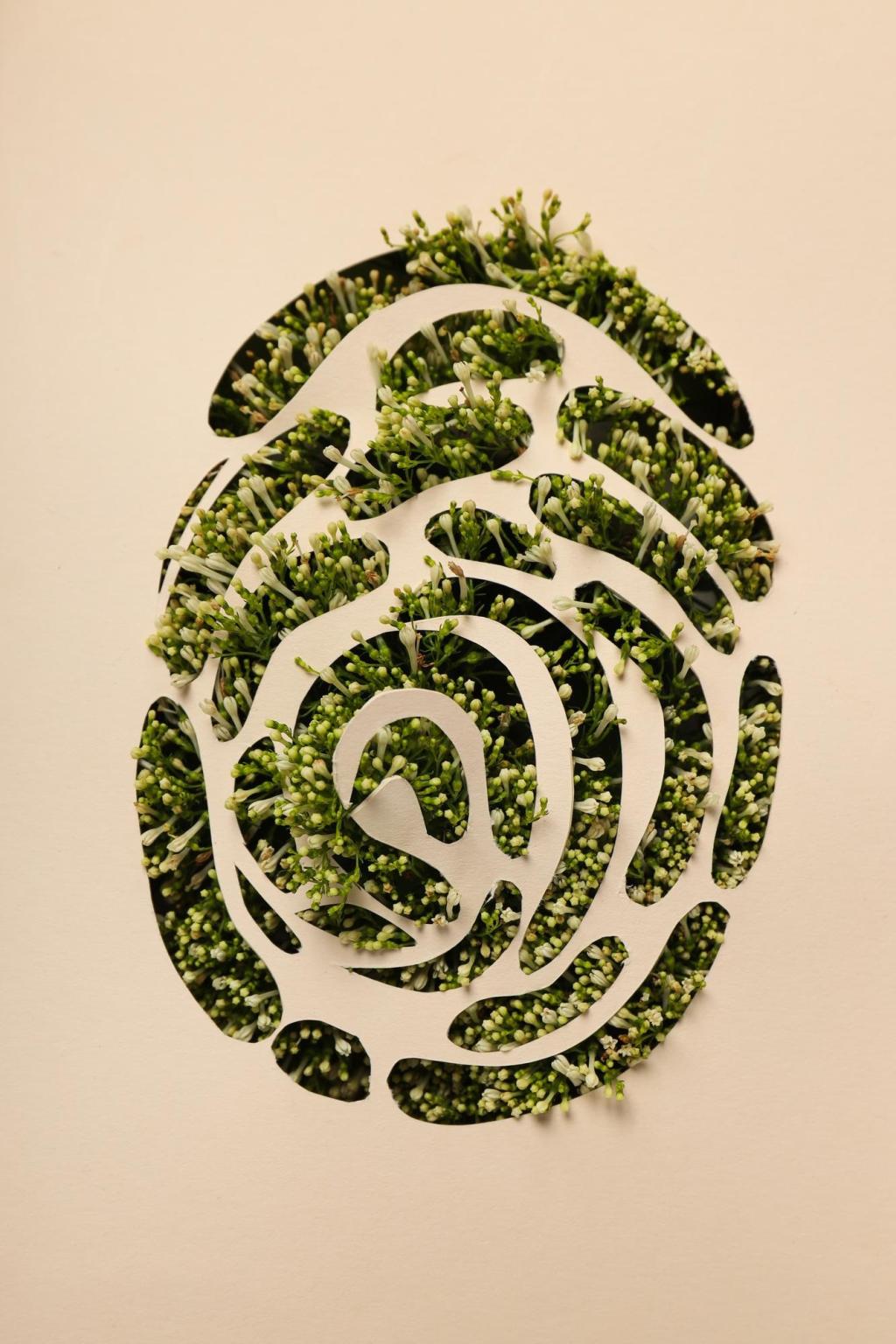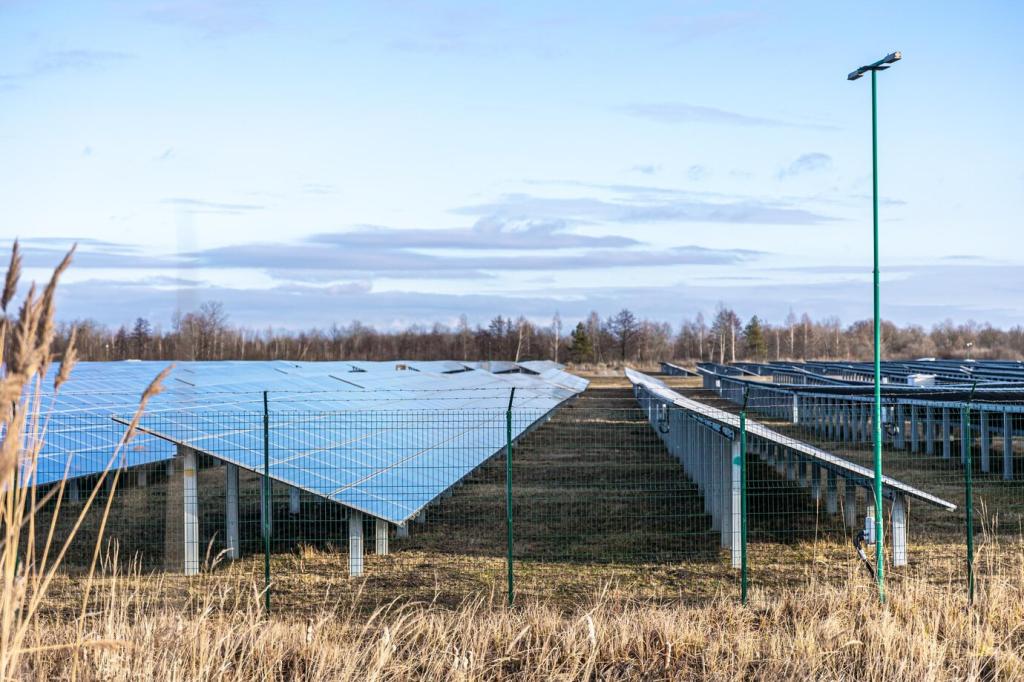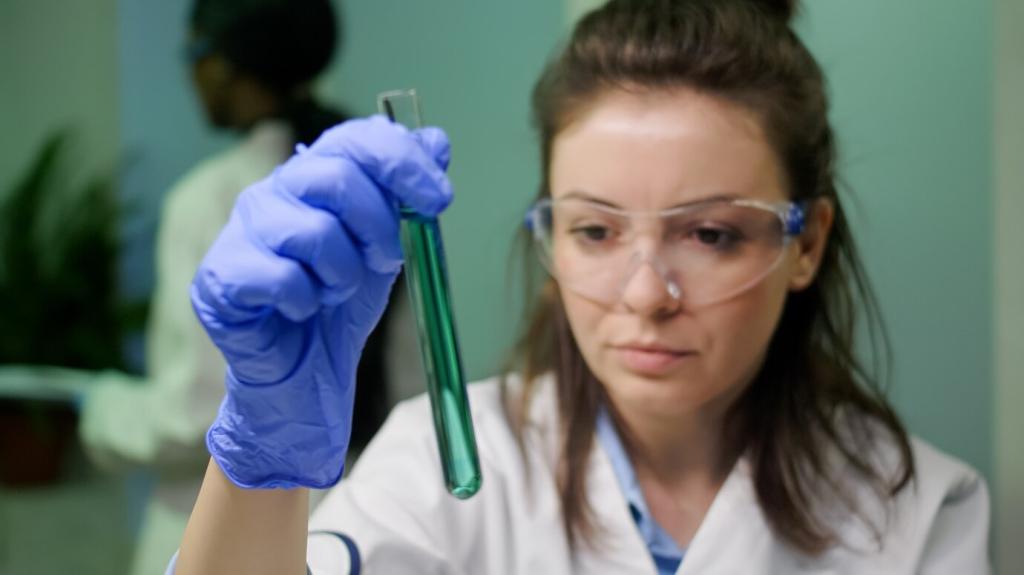
The Real Impact of Biodegradable Goods on the Environment
Selected theme: Impact of Biodegradable Goods on the Environment. Explore how materials designed to return to nature can reduce pollution, nourish soils, and reshape daily habits. Join the conversation, share your questions, and subscribe for fresh, practical insights each week.

Biodegradable, Compostable, or Just Buzzwords?
Biodegradable goods break down through microbial action into water, carbon dioxide, and biomass under specific conditions. Timeframes vary widely, from weeks to years, depending on temperature, moisture, oxygen, and material chemistry. Knowing these limits helps you choose products that genuinely reduce environmental impact.


From Field to Soil: Life-Cycle Thinking
Many biodegradable goods use plant-derived feedstocks like corn, sugarcane, or algae. While renewable, these crops need land, water, and fertilizer, which shape their footprint. Favor options from waste streams or low-impact sources to balance performance with biodiversity, soil health, and real environmental gains.
From Field to Soil: Life-Cycle Thinking
Production methods and energy sources significantly affect impacts. A compostable cup made with renewable electricity can outperform one made with fossil energy. Transparent life-cycle data helps compare goods fairly. Want our concise LCA questions to ask brands? Subscribe and we will send a buyer-friendly guide.

Stories from the Ground: Change You Can Feel
Volunteers in a small harbor town switched event utensils to certified compostables and added clear sorting stations. Litter counts dropped, and crab pots no longer snagged stray forks. The win wasn’t just new materials—it was signage, training, and community pride. Share your shoreline successes to inspire others.
Stories from the Ground: Change You Can Feel
A regional festival piloted compostable cups with a refundable deposit. Paired with volunteer “bin buddies,” contamination fell dramatically. Post-event compost fed a local farm’s soil, closing the loop within weeks. Organizers now publish diversion rates, turning data into culture. Would your venue try this? Tell us how.
Risks, Myths, and Greenwashing Traps
In anaerobic landfill conditions, biodegradation can slow or produce methane, a potent greenhouse gas, unless gas capture exists. Composting or digestion facilities are better endpoints. Know your local options before buying. If you lack access, ask your municipality for organics programs and share their response with our community.
Risks, Myths, and Greenwashing Traps
Compostable plastics can disrupt PET or HDPE recycling if mixed. Clear sorting and distinct labeling prevent harm. Some regions recommend keeping compostables away from recycling entirely. Download our bin signage templates by subscribing, and tell us what wording reduces confusion in your workplace or campus.


Wildlife safety and litter realities
Switching from persistent plastics to items that break down faster reduces entanglement and ingestion risks. Still, litter is litter. Even biodegradable goods should be captured and composted, not tossed outdoors. Let’s normalize take-back bins at events and parks. Where should they go in your city? Suggest locations.
Compost that feeds life
Composted organics return nutrients and stable carbon to soil, improving structure, water retention, and microbial diversity. When biodegradable packaging rides along with food scraps, recovery becomes simpler. Share your garden’s before-and-after photos, and subscribe for our seasonal soil health tips tailored to home composters.
Microbes: the invisible workforce
Bacteria and fungi orchestrate decomposition, guided by moisture, oxygen, temperature, and particle size. Designing goods that match these conditions speeds breakdown and reduces residues. Curious about home-compostable performance? Join our community test: we will send a simple protocol and compare results across climates.
Take Action: Smarter Habits, Bigger Impact
Choose wisely, label by label
Prioritize certified compostable or well-documented biodegradable goods, especially for items contaminated by food. Read end-of-life guidance before buying. Want a one-page label guide for shopping trips? Subscribe, and we will email a printable version you can keep in your bag or phone.
Build access to composting
No curbside program? Partner with neighbors, schools, or cafes to start a drop-off or pilot with a local composter. Clear signage prevents contamination and keeps costs down. Tell us what barriers you face, and we will share examples of policies and grants that helped others succeed.
Be a local advocate and storyteller
Ask event organizers, offices, and restaurants to adopt certified compostables with proper bins. Share results—diversion rates, cleaner venues, healthier soils—to build momentum. Comment with your wins or lessons learned, and we will feature them in our newsletter to help other communities replicate success.
